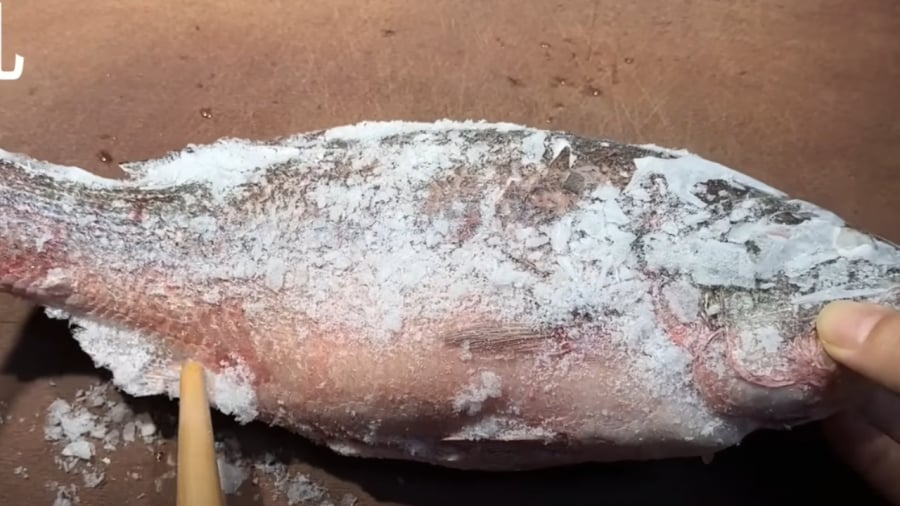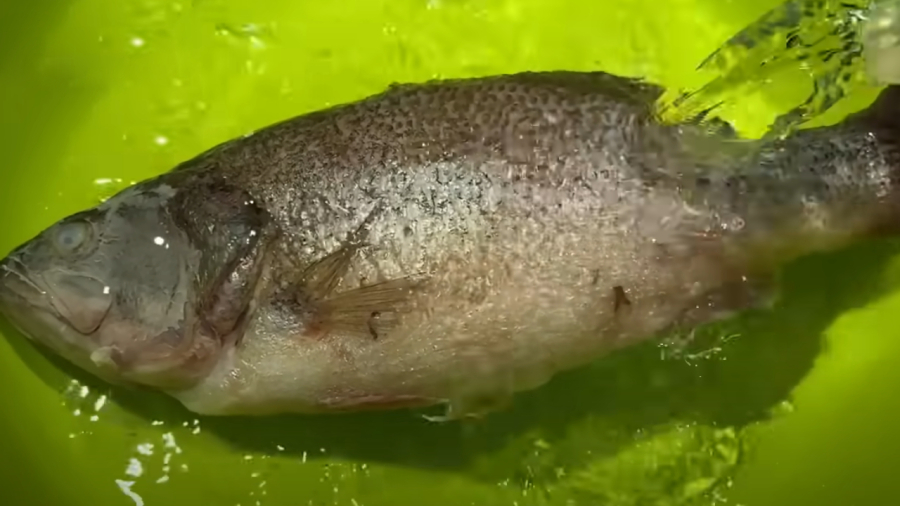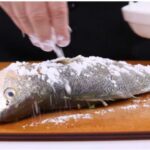Thawing Frozen Fish: Techniques for Optimal Taste and Texture
It’s a common misconception that frozen fish is inferior in taste and quality to its fresh counterpart. However, culinary experts often prefer frozen fish as it can offer superior flavor and nutrition.
The reason lies in the fact that most frozen fish is flash-frozen immediately after being caught, locking in its fresh flavor, nutrients, and inhibiting the growth of harmful bacteria. In contrast, fresh fish undergoes a lengthy journey from the fishing grounds to the market, resulting in a gradual loss of quality.
Well-controlled freezing processes ensure that consumers can enjoy delicious, fresh-tasting fish all year round. In addition to the freezing process, the thawing technique plays a crucial role in maintaining the quality of the fish.
The best way to thaw fish is to transfer it from the freezer to the refrigerator and let it sit overnight. This slow thawing method allows the flesh to soften gradually while preventing bacterial growth. Depending on the size of the fish, this process can take anywhere from 10 to 36 hours.

Various thawing methods are available, allowing you to choose the most suitable approach according to your needs.
Quick Thawing with Cold Water: A Time-saving Technique
When short on time, you can expedite the thawing process by using cold water. Ensure that the fish remains sealed in its original packaging or is securely wrapped in plastic wrap and placed in a ziplock bag to prevent water ingress. Submerge the bag in a bowl of cold water, regularly changing the water until the fish is pliable.
Salt and Lemon to the Rescue: A Quick and Effective Method
To speed up the thawing process, you can also use salt and lemon. Salt helps to firm up the fish’s flesh and inhibit bacterial growth, while lemon has deodorizing properties that further enhance the thawing process.
Place the frozen fish in a large bowl and add 1-2 tablespoons of salt and 2 lemon slices. Cover the fish with cold water and let it sit for about 5-10 minutes until it’s ready for cooking.
The Power of Vinegar: A Quick Thawing Alternative
Similar to lemon, vinegar can also expedite the thawing process. Place the frozen fish in a large bowl, add about 50ml of white vinegar, and then cover it with water. Let it sit for around 20 minutes for complete thawing.

Choose from the quick thawing methods using salt and lemon or vinegar to suit your preferences.
Important Considerations After Thawing Fish
The time required for thawing fish depends on its size.
It’s best to cook the fish immediately after thawing to prevent bacterial growth and maintain its freshness. Leaving thawed fish at room temperature for extended periods can lead to rapid bacterial growth, compromising its taste and texture.
Refreezing thawed fish is not recommended as it will negatively affect its quality and flavor.






































